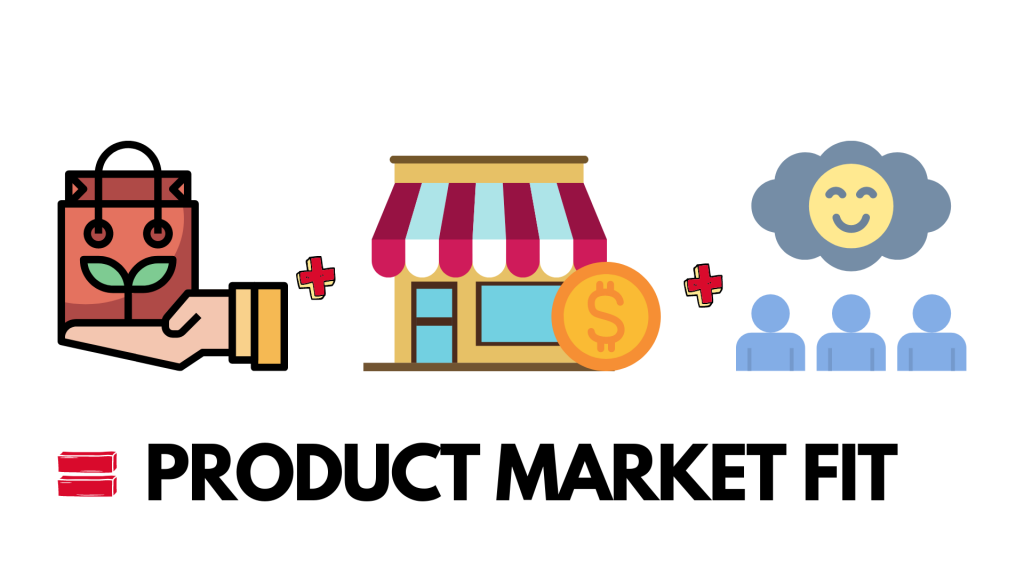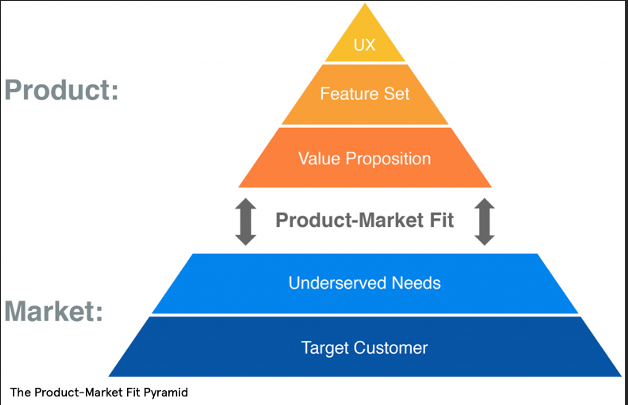You fix the crease on your clothes – a little nervous, shaky, but very excited.
You’re ready to step into this big hall filled with journalists and people – your business has just been announced as a Unicorn Company, and you are all ready to face the press and make a statement on how happy and extremely grateful you are. Once you’re done with all the interviews and the press meet ends, someone approaches you and tells you how much they love your product and how they wish you all the best and congratulate you for such a significant achievement.
This is the dream of every entrepreneur.
Now, think back before this interview and someone congratulating you and appreciating your product and your company being a Unicorn Company. Think back to when your product was merely an idea, and your business was just a room. You’ve pulled all-nighters, drank coffee like your life depended on it, network with hundreds and thousands of people – people you like and people you could not stand, and done tons of hard work.
You have made your product live and seek friends and families and family friends and friends of friends and family of friends to try your product out. They love it!

Your product is a hit, and everyone who has just tried out the beta version of your product is asking for more. You have successfully built a product from your sophisticated idea that has a need in the market. This means that you have a Product-Market Fit. Quite simple.
Now, let’s dive deep into what is product-market fit and how to achieve it for your product:
Understanding The Concept Of Product-Market Fit
A Product-Market Fit is a product that satisfies strong market demand. Product-Market Fit is one of the most fundamental lean startup concepts and was coined by Marc Andreessen in a 2007 blog post, where he stated, “Being in a good market with a product that can satisfy that market.”

Product-Market Fit can be defined as three main components, i.e., product, market, and satisfaction. A good market is one in which your target market is large enough for you to grow and expand your business several times over, your product does what it is supposed to do and is usable, and satisfaction refers to how your customers take on to that product.
It is relatively simple to understand when you have a good Product-Market Fit versus a lousy Product-Market Fit. When you have a terrible Product-Market Fit, your consumers and customers are not interested in your products. They might think that the idea of the product is excellent, but the usability of the product is relatively not needed in the market. At least not yet. There is less word-of-mouth going around, and the product is not really doing well with the customers.
However, when you have a good Product-Market Fit, your product does all the talking. There’s good word of mouth going around; you get free marketing because of how much people like your product, your customers are buying your product just as fast as you are making them. Meaning that the supply and demand of your product in the market is just remarkable.
The Product Market Fit Pyramid
Every important thing has a pyramid – the food pyramid, the ecosystem pyramid, Maslow’s hierarchy of needs pyramid, and the Product-Market Fit pyramid, among so many more. Dan Olsen’s Product-Market Fit Pyramid is an experimental paradigm that uses five critical components to identify Product-Market Fit. Each piece is a tier of the pyramid in this hierarchical model, and it is closely related to the levels above and below it. So let’s have a look:

This diagram depicts the necessary levels for achieving Product-Market Fit in an exquisite manner (PMF).
When developing a new product, our primary goal should be to achieve PMF. After all, optimization and scaling are meaningless if no one wants what we provide.
Let’s have a general overview of the pyramid; the top three-layer defines the product, and the bottom two layers represent the market.
Most of the time, what happens is that people go from top to bottom. This means that businesses first focus on the product and slowly move into the market. Most companies first generate ideas, make a product, and then look if the market needs the product. This creates a terrible product representation. No matter how brilliantly we execute a product or how great and excellent our idea for any product is, if the market does not need the product, the product does not work. Hence it becomes imperative to bring value to the market need with our product.
To determine our market needs, it is vital to decide who our target customers are. For example, if you want to do something in aerospace, Firstly, you need to understand your target customers for your particular skill set and your idea. Then, when you know the target market and target customer, understand their pain points. When you see the pain points of any consumer group, you can slowly build out a section of problems that they are facing. When there is a problem in the market, that problem needs a solution. And when you craft your product around that problem, and that’s the solution, you create a Product-Market Fit – a product that your market needs and will appreciate.
Therefore, instead of going top to bottom on the pyramid, going bottom to top will ensure that your product becomes a market fit.
How Do You Achieve Product-Market Fit?

To achieve a Product-Market Fit, just follow the Product-Market Fit Pyramid. Here are the steps:
1. Determine Your Target Audience
Market segmentation will assist you in defining your “buyer personas” and describing them to the product team, so everyone knows who the product is designed for. Begin with a high-level theory about your target audience and change it as you learn more about them, refine, and modify the aspects of the product to make it better.
2. Identify Underserved Needs
When you find your target audience, understand what they need; this need can be tied up with identifying if those needs are fulfilled in the market or not. This will give you a more extensive overview of how things are working and if or when your product will penetrate the market perfectly. Finally, address the customers’ needs so that your product creates value for them.
3. Define Your Value Proposition
The foundation of product strategy is a value proposition, which defines how a product satisfies customer demands better than that of the choices. To capture people’s faith and outshine your competitors, come up with something completely new and original. Next, you must determine how your product will differ from similar ones; how will your product stand out from the competition? Finally, what distinguishes your product from the competition?
4. Specify Your MVP (Minimum Viable Product)
Once you have a clear understanding of your value proposition, you need to be specific with your MVP. What are the functions you want in your MVP? Surely your MVP will not be your final product; there will be many more iterations. So, in a budgeted way, how are you going to build a prototype with enough features that it is usable?
5. Develop your MVP
Creating an MVP that can test out your idea and final product without being your final product is a business savior. Show a product version to your target customers to obtain feedback and incorporate that feedback into the product.
6. Test Your MVP
Once you develop your MVP, make sure you test them with your target audience. This will give you more grip on how to craft your final product. Give your MVP to your target customer and observe them, ask them questions and build from their answers. This will give you a clear vision of anything wrong with your product and how you can fix that.
Conclusion
Building a business is not easy – there will be instances where it feels easy, but it’s not. It is essential to pay attention to details and bring out the best in all situations. Be resourceful and attentive; make sure you build a brand and product for the people. When you equate your customers’ needs, you equate your business from the market.
In short, Product-Market fit is making a product that fits the market’s needs.
